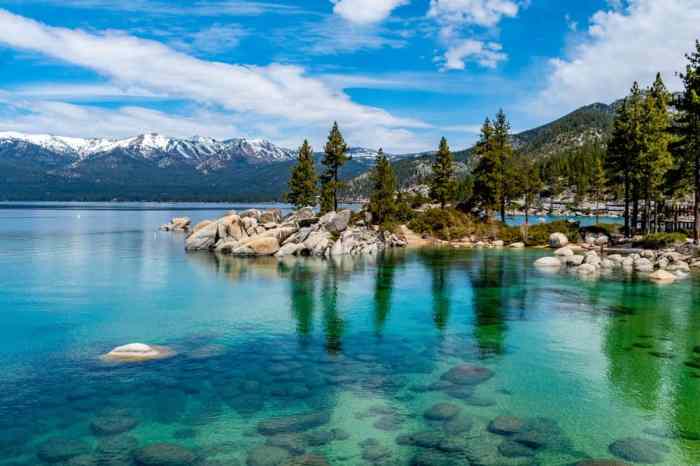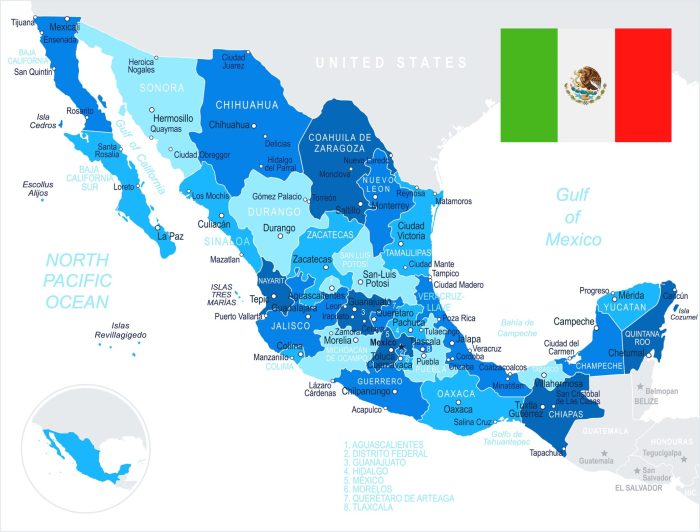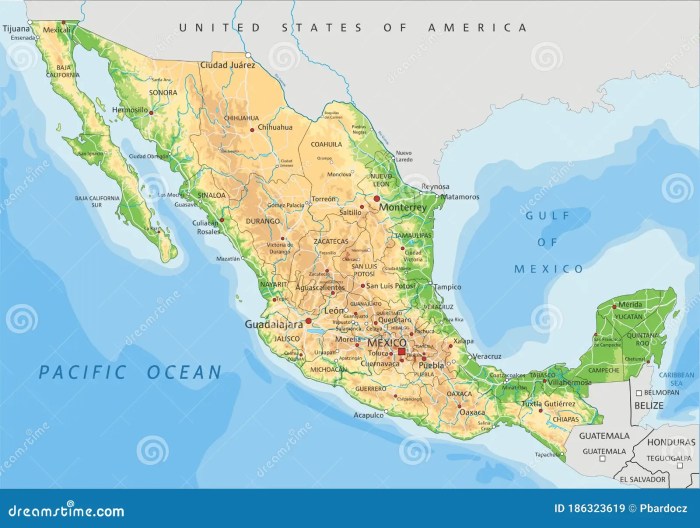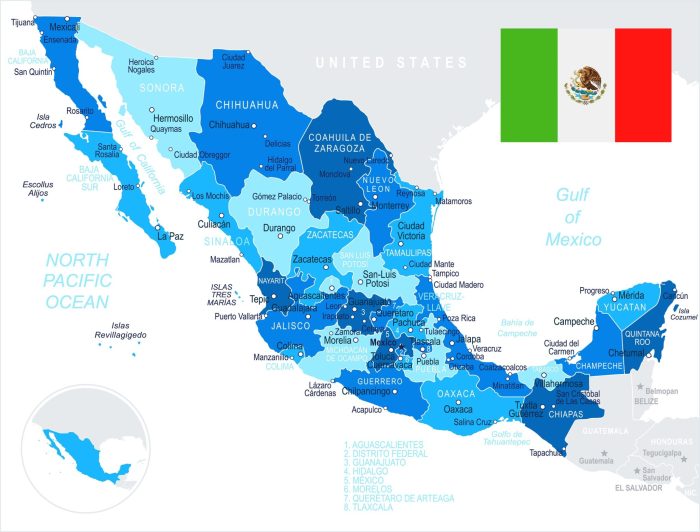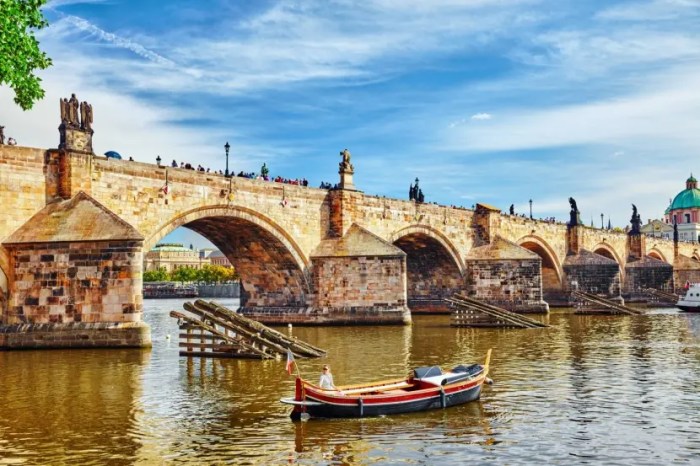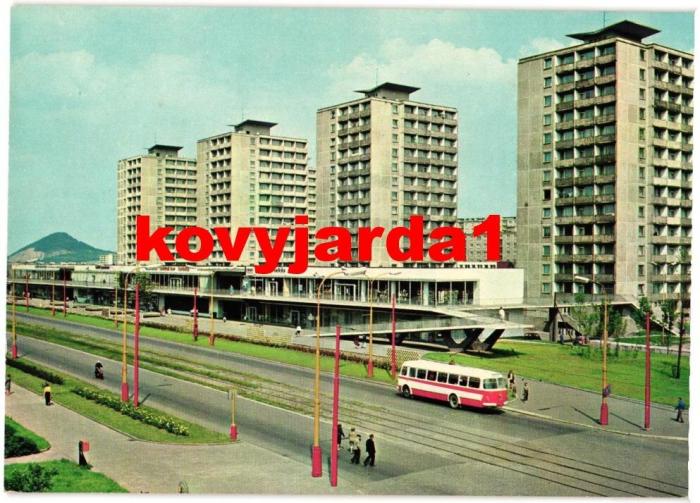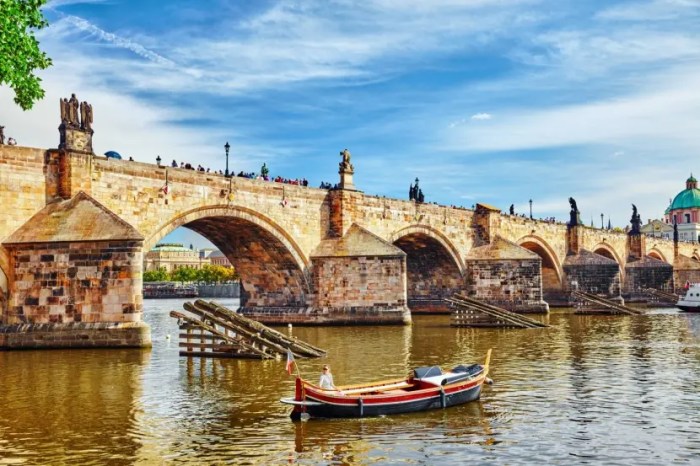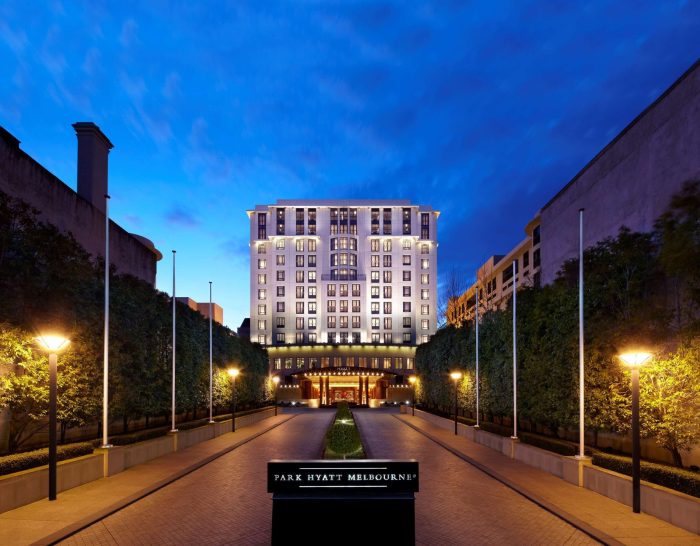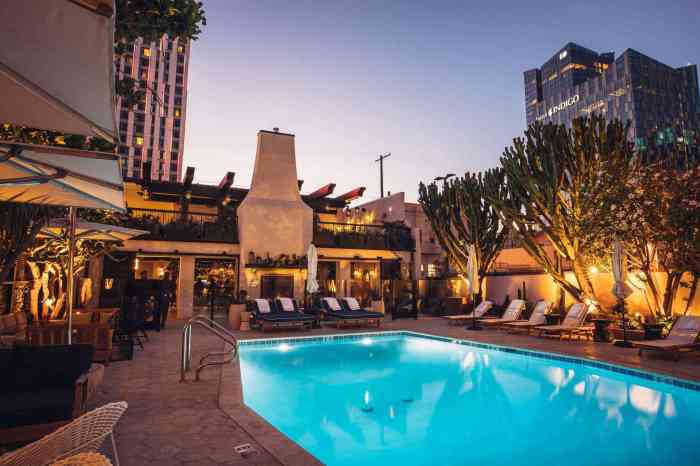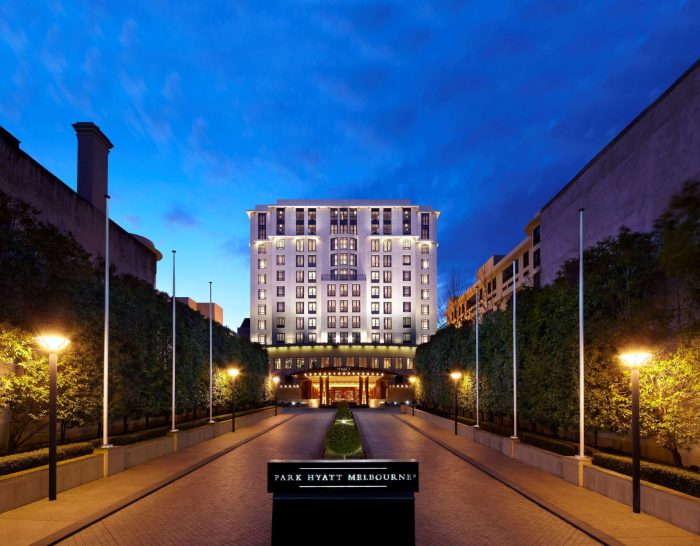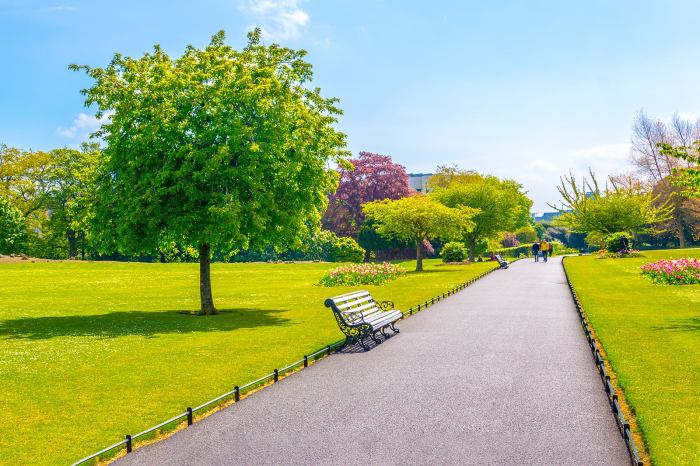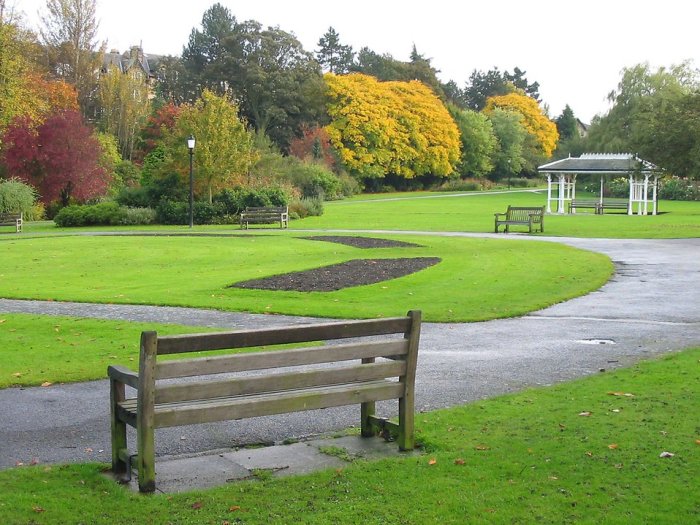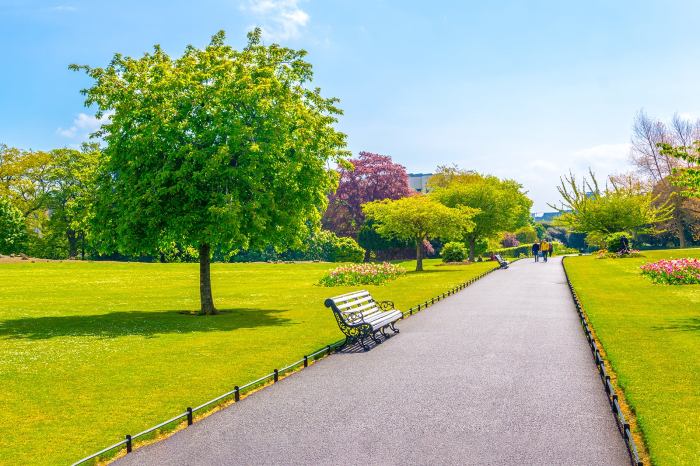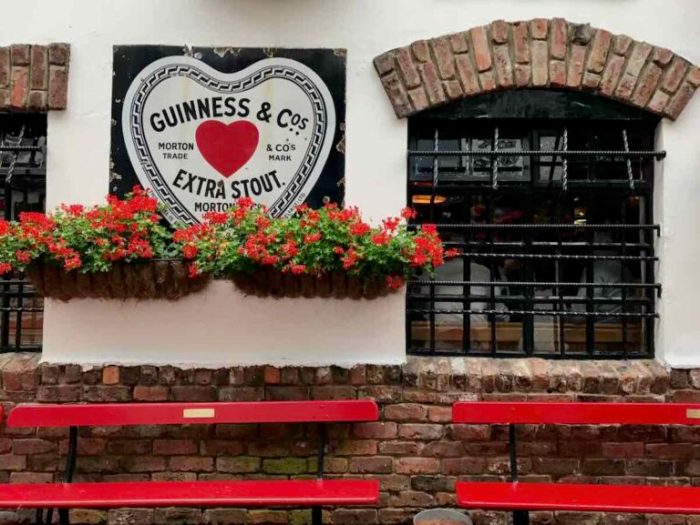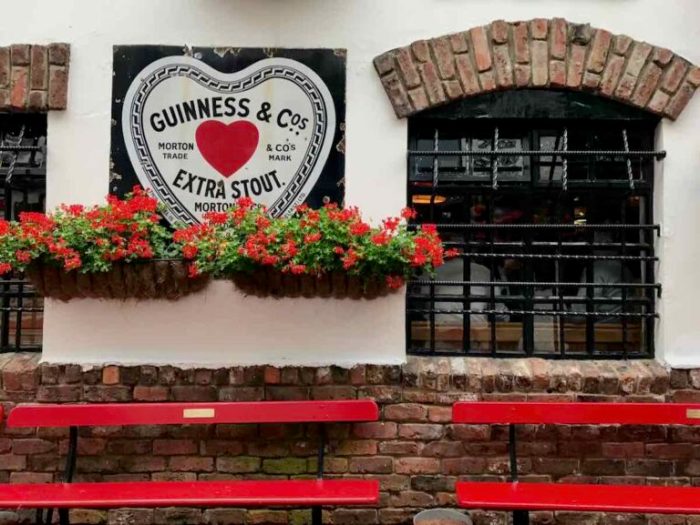California Culture Road Trip: embarking on a journey through the Golden State’s vibrant tapestry of culture. From the iconic Hollywood glamour to the laid-back beach vibes, this exploration promises a unique experience. This adventure delves into the diverse influences that have shaped California’s unique identity, offering insights into its history, food, music, and art. Get ready for a road trip filled with cultural immersion and unforgettable memories.
This road trip itinerary will guide you through California’s diverse regions, highlighting key landmarks and cultural experiences. We’ll explore the evolution of California culture, comparing it to other US states’ cultural landscapes. Discover the best time to visit each region for optimal cultural experiences, along with transportation options and driving routes for maximum impact. This trip isn’t just about sightseeing; it’s about connecting with the soul of California through its people, traditions, and artistic expressions.
Defining California Culture
California culture is a vibrant tapestry woven from diverse threads, reflecting its unique history and geography. It’s a blend of innovation, a laid-back lifestyle, and a constant push for the next big thing. This dynamism, coupled with its stunning landscapes, has sculpted a distinctive identity that sets it apart from other states. The state’s culture has evolved over time, mirroring its role as a hub for immigration, technological advancement, and artistic expression.California’s evolution is intrinsically linked to its geographic advantages and its position as a gateway to the West.
The state’s welcoming attitude towards newcomers, combined with its natural beauty, attracted people from all walks of life, creating a rich melting pot of influences. This constant influx of diverse populations has contributed to California’s unique identity, constantly reinventing itself.
Key Characteristics of California Culture
California culture is characterized by a strong emphasis on individualism, creativity, and a pursuit of innovation. This is evident in various aspects of life, from the entrepreneurial spirit to the artistic expression found in its vibrant music and film industries. The state’s commitment to environmental consciousness and a progressive social outlook are also prominent characteristics. The drive for personal expression and self-discovery is woven into the fabric of everyday life, from the casual dress code to the focus on outdoor recreation.
Evolution of California Culture
California’s culture has undergone significant transformations throughout its history. Early settlers brought their traditions and customs, which gradually blended with the indigenous cultures already present. The Gold Rush era brought a wave of new immigrants, introducing new perspectives and influencing the state’s economic and social landscape. The development of Hollywood and the rise of Silicon Valley have shaped California’s identity further, creating iconic symbols that continue to resonate today.
Influences Shaping California’s Identity
California’s unique identity is shaped by a multitude of influences. The state’s vast natural beauty, from the beaches to the mountains, has inspired artists, writers, and musicians for generations. Immigration has played a pivotal role, bringing diverse cultural traditions and perspectives. The state’s economic opportunities, particularly in technology and entertainment, have attracted individuals seeking new beginnings and fueled innovation.
Iconic California Cultural Expressions
California’s unique cultural expressions are deeply intertwined with its history and environment. Its vibrant food scene, featuring diverse cuisines and farm-to-table restaurants, is a testament to its multiculturalism. California’s music scene, encompassing everything from rock and roll to hip-hop, reflects the state’s diverse population and its relentless pursuit of innovation. The state’s fashion, known for its relaxed style and focus on individuality, further exemplifies its distinctive character.
Comparison of California Culture to Other US States
| Characteristic | California | New York | Texas |
|---|---|---|---|
| Lifestyle | Relaxed, outdoorsy, entrepreneurial | Fast-paced, urban, business-oriented | Traditional, rural, conservative |
| Economy | Tech-driven, entertainment, agriculture | Finance, media, fashion | Energy, agriculture, manufacturing |
| Values | Individualism, innovation, environmentalism | Tradition, ambition, diversity | Community, hard work, tradition |
| Food | Diverse, fresh, farm-to-table | Ethnic, diverse, New York-style pizza | Tex-Mex, BBQ, traditional Southern dishes |
Note: This table provides a simplified comparison. Cultural nuances and variations exist within each state.
Road Trip Planning
Embarking on a California culture road trip promises a whirlwind of experiences, from vibrant cityscapes to serene coastal drives. Careful planning is key to maximizing your cultural immersion and ensuring a smooth journey. This section dives into the specifics of crafting an unforgettable road trip itinerary.This detailed exploration will guide you through designing your perfect California cultural road trip, from selecting the ideal time of year to choosing the optimal route and accommodation.
Sample Itinerary for a California Culture Road Trip
This itinerary focuses on a two-week journey, allowing for a deep dive into California’s diverse cultural offerings. It balances urban exploration with natural beauty.Week 1: Southern California Immersion* Day 1-3: Los Angeles: Explore Hollywood Walk of Fame, Griffith Observatory, and museums like LACMA. Immerse yourself in the city’s vibrant arts scene.
Day 4-5
San Diego: Discover Balboa Park’s cultural gems, visit the USS Midway Museum, and enjoy the beach culture.
California culture road trips are all about soaking up the vibes, right? But sometimes, you crave a total escape. Imagine trading in your convertible for a luxurious overwater bungalow, and exploring the incredible underwater world of the Maldives. For a taste of what’s out there, check out this list of top things to do in the Maldives, top things to do in maldives , and then bring that sense of wonder back to your California adventure! After all, the best road trips are the ones that expand your horizons.
Day 6-7
Joshua Tree National Park: Experience the unique desert landscape, art scene, and stargazing opportunities.Week 2: Central and Northern California Exploration* Day 8-9: Santa Barbara: Indulge in the coastal charm, explore the historic mission, and enjoy wine tasting.
Day 10-11
San Francisco: Immerse yourself in the city’s iconic landmarks, art galleries, and diverse neighborhoods.
Day 12-14
Monterey/Carmel: Explore the Monterey Bay Aquarium, enjoy the scenic drive along Highway 1, and experience the charming coastal towns.
Planning a California culture road trip? Beyond the iconic sights, finding truly peaceful escapes is key. For a deeper understanding of the most serene spots across the US, check out this fascinating analysis on most peaceful places in the us casago analysis. Knowing where to find quiet corners amidst the vibrant California culture will make your trip even more rewarding.
Essential Activities and Experiences
These experiences will allow you to truly connect with California’s cultural tapestry.
- Attend a local festival or event: Check local listings for farmers’ markets, music festivals, and art fairs for authentic cultural experiences.
- Visit historical landmarks: Missions, ranchos, and forts offer glimpses into California’s past.
- Engage with local communities: Participate in workshops, cooking classes, or volunteer opportunities.
- Explore diverse neighborhoods: Discover the unique culinary, artistic, and social offerings of different communities. This includes ethnic enclaves, trendy neighborhoods, and areas known for specific activities.
Best Time of Year to Visit Different Regions
The best time to visit each region depends on the type of experience you seek.
- Southern California (Los Angeles, San Diego): Spring (March-May) and fall (September-November) offer pleasant weather for outdoor activities. Summer can be very hot.
- Central Coast (Santa Barbara, Big Sur): Spring and fall provide pleasant temperatures for exploring the coast. Winter can be foggy or rainy.
- Northern California (San Francisco, Yosemite): Spring and fall offer pleasant weather. Summer can be hot and dry in some areas, while winter can bring rain and potential for snow.
Transportation Options
A car is highly recommended for a California cultural road trip.
- Rental Car: Provides flexibility for exploring at your own pace and reaching diverse destinations.
- Public Transportation: Limited in certain areas, but can be useful within major cities like San Francisco and Los Angeles for specific parts of your trip.
- Intercity Buses: Affordable option for some routes, but may require more time.
Driving Routes for Maximizing Cultural Exposure
Different routes will offer varying cultural experiences.
- Highway 1: Offers stunning coastal views, but driving can be slower. It is perfect for a more leisurely trip and is ideal for experiencing the beauty of the coast.
- Interstate Highways: Faster but less immersive in the local culture. They are suitable for individuals who prefer a faster route and focus on connecting destinations rather than on scenic drives.
Accommodation Options
Finding accommodations that support cultural immersion is essential.
Soaking up California’s diverse culture on a road trip is amazing, but for a taste of something completely different, consider Cartagena, Colombia. Exploring the vibrant colonial architecture and bustling markets there would be a fantastic contrast to the laid-back California vibe. For a complete guide on the top things to do in Cartagena, Colombia, check out this awesome resource: top things to do in cartagena colombia.
Ultimately, a California culture road trip is about embracing experiences, and sometimes, that means venturing outside your comfort zone, which is what a trip to Cartagena would do.
| Destination | Accommodation Type | Description |
|---|---|---|
| Los Angeles | Boutique Hotels in Arts Districts | Immerse yourself in the city’s art scene while staying in unique accommodations |
| San Francisco | Homestays in diverse neighborhoods | Experience local life by staying with a local family |
| Santa Barbara | B&Bs with a focus on local art | Support local artists while enjoying the charm of a B&B |
Experiencing California Culture
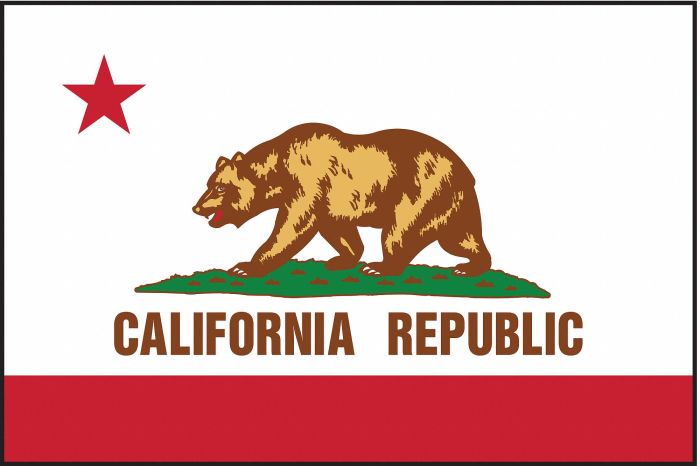
California’s vibrant tapestry of cultures is woven from threads of history, innovation, and a unique spirit of freedom. This diverse landscape, from the bustling cityscapes to the serene coastal retreats, offers a captivating journey for those eager to explore its soul. Embarking on a road trip provides an unparalleled opportunity to delve into the heart of California culture, experiencing its vibrant festivals, rich history, and warm communities.Exploring California’s cultural landmarks and neighborhoods is a powerful way to immerse oneself in the state’s identity.
Each city and region possesses a unique character that reflects the historical events and cultural influences that have shaped it. This experience extends beyond mere sightseeing; it’s about engaging with the stories and traditions that define California’s cultural heritage.
Key Cultural Landmarks and Historical Sites
California boasts a wealth of historical sites, offering glimpses into the state’s past. Visiting places like the California Missions, particularly those along El Camino Real, provides insight into the Spanish colonial era. These sites often feature preserved architecture, reflecting the religious and cultural practices of the time. The missions are more than just historical monuments; they are important cultural touchstones, representing the complex interplay of cultures and the impact of colonization.
Neighborhoods and Cities Reflecting California Culture
Different neighborhoods and cities showcase specific facets of California’s cultural identity. For example, San Francisco’s diverse neighborhoods, like Chinatown and North Beach, reflect the city’s immigrant history and the subsequent cultural exchange. Similarly, Los Angeles’s Hollywood district embodies the entertainment industry’s profound impact on California’s culture, showcasing the creative spirit that fuels the state’s artistic and technological innovations.
These districts and cities offer a microcosm of California’s diverse population and cultural experiences.
Cultural Festivals and Events
California is renowned for its vibrant cultural festivals, providing a dynamic platform for artistic expression and community celebration. Events like Coachella, a music festival, draw massive crowds, demonstrating the state’s strong appreciation for music and the arts. The numerous farmers’ markets across the state offer a taste of local produce, crafts, and cultural performances. These festivals and events represent the community spirit and provide unique opportunities for experiencing California’s diverse cultural expressions.
Interacting with Local Communities
Engaging with local communities is essential for truly understanding California’s culture. Participating in local events, attending workshops, and interacting with people from different backgrounds allows for firsthand insights into their perspectives. This interaction fosters understanding and appreciation, creating a more enriching and meaningful experience. Joining a local conversation or taking a guided walking tour can help you discover hidden gems and meet engaging individuals.
Must-Try Foods and Restaurants
California’s culinary scene is as diverse as its population. From farm-to-table dining to Michelin-starred restaurants, the options are abundant. Must-try foods include fresh seafood, especially along the coast, California burritos, and a variety of ethnic cuisines reflecting the state’s immigrant heritage. Restaurants representing various cultures, such as Vietnamese, Korean, and Mexican, offer authentic and delicious meals. Researching local food markets and ethnic restaurants can be highly rewarding.
Unique Cultural Practices and Traditions
California’s cultural practices and traditions are diverse and multifaceted. From surfing to skateboarding, these activities reflect the state’s emphasis on outdoor recreation and innovation. The vibrant arts scene, encompassing music, theatre, and visual arts, showcases California’s creative spirit. These unique cultural expressions contribute to California’s distinctive identity.
Blending Cultural Immersion with Relaxation and Leisure
Balancing cultural immersion with relaxation and leisure is key to a fulfilling road trip. Integrating downtime into the itinerary allows for reflection and rejuvenation, preventing burnout. Combining visits to historical sites with leisurely walks along the beach or exploring local parks allows for a more holistic experience. This approach ensures a balanced journey that satisfies both cultural curiosity and personal well-being.
Essential Elements of a Cultural Road Trip: California Culture Road Trip
Embarking on a cultural road trip isn’t just about scenic drives and roadside attractions; it’s about immersing yourself in the heart of a place’s soul. It’s about understanding the nuances of a region, from its history to its people, and recognizing the impact of various factors that shape its unique character. This involves more than just observing; it necessitates respect, empathy, and an open mind.A cultural road trip in California necessitates understanding the diverse elements that contribute to its vibrant identity.
This journey is about exploring the state’s history, art, music, and landscapes through the lens of its people, their traditions, and their interactions with the environment.
Respecting Local Customs and Traditions
Respecting local customs and traditions is paramount to a meaningful cultural experience. California’s diverse communities have unique customs and traditions. Disregarding these norms can be offensive and disrupt the harmony of the experience. This includes understanding appropriate attire, language, and etiquette in various settings. For example, some indigenous communities may have specific protocols for visiting sacred sites.
Local Art, Music, and Entertainment, California culture road trip
California’s rich artistic and cultural landscape is a treasure trove. From vibrant murals in Los Angeles to the classical music performances in San Francisco, the state boasts a diverse array of artistic expressions. Understanding the significance of local music, dance, and theatre is crucial to appreciating the cultural heritage of specific communities. A road trip should include visiting local galleries, attending concerts, and participating in cultural performances to gain a deeper appreciation for the artistic expressions of the region.
Historical Figures and Events
California’s history is deeply interwoven with its cultural identity. Figures like Cesar Chavez, a pivotal leader in the labor movement, and numerous individuals who fought for civil rights, played significant roles in shaping the state’s social and political landscape. Understanding their contributions allows a visitor to grasp the context behind contemporary California culture.
Technology and Social Media in Experiencing California Culture
Technology and social media have revolutionized how people experience culture. Digital platforms can provide access to local communities and information, but it’s important to use these tools responsibly and with awareness of the local context. Using social media to research events, locations, or local customs can be invaluable, but it’s crucial to verify information and engage respectfully with communities online.
California Culture Reflected in Landscapes and Natural Beauty
California’s stunning natural beauty plays a crucial role in its cultural identity. From the rugged coastline of Big Sur to the majestic redwood forests, the state’s landscapes have inspired artists, writers, and musicians for generations. Understanding the significance of these natural wonders to California culture is essential for a deeper appreciation of the region’s heritage.
Sustainability in Cultural Tourism
Sustainable tourism practices are crucial for preserving California’s cultural heritage for future generations. Supporting local businesses, minimizing environmental impact, and respecting the resources of the region are key components of responsible cultural tourism. This includes using eco-friendly transportation, staying in locally-owned accommodations, and avoiding activities that damage the environment or cultural sites.
Impact of Different Ethnic Groups
California’s multiculturalism is a defining feature of its culture. The contributions of various ethnic groups, including Indigenous peoples, Latinos, Asians, and African Americans, have shaped the state’s cuisine, music, art, and social norms. Understanding the historical and ongoing impact of these diverse groups is critical for appreciating the rich tapestry of California culture.
Respecting Cultural Norms in Different Regions
| Region | Cultural Norms to Respect |
|---|---|
| Los Angeles | Be mindful of diverse cultural backgrounds, understand language differences, and respect religious practices. |
| San Francisco | Appreciate the city’s progressive values, be mindful of the diverse populations and their sensitivities, and respect public spaces. |
| San Diego | Understand the unique Spanish Colonial influences, respect the local traditions and customs, and be aware of the city’s rich maritime history. |
| Central Valley | Recognize the agricultural heritage and the diverse agricultural communities, and be respectful of local customs and traditions. |
| Coastal Regions | Be mindful of the environment, respect the local marine life, and support sustainable tourism practices. |
Visualizing the Road Trip
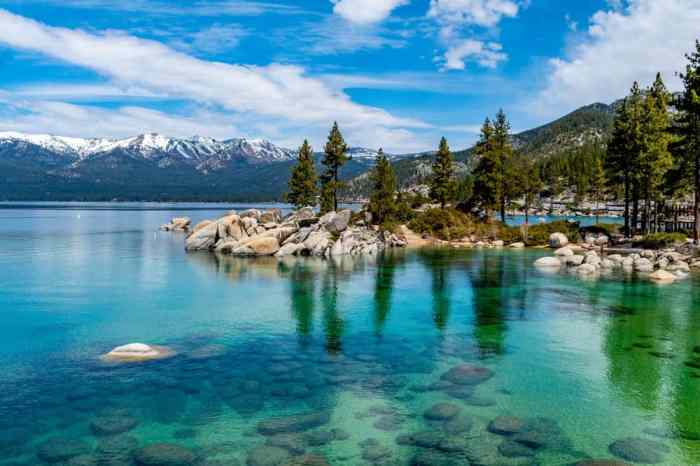
Embarking on a California cultural road trip is more than just a journey; it’s an immersion into a kaleidoscope of experiences. This isn’t just about driving from point A to point B; it’s about breathing in the unique character of each location, feeling the rhythm of the culture, and capturing the vibrant essence of California. Visualizing this journey helps us prepare for the unexpected delights and profound moments that await.
A Tapestry of Landscapes
California’s landscapes are as diverse as its people. The visual journey starts with the dramatic coastal drives, where the turquoise waters meet the rugged cliffs. Imagine the vivid blue of the Pacific Ocean contrasting sharply with the deep greens of the towering redwood forests. The desert’s golden sands, stretching to the horizon, will offer a starkly different visual experience, contrasting with the lush green valleys and rolling hills.
“The beauty of California lies in its ability to shift from one extreme to another, offering a visual feast at every turn.”
Urban Vibrations and Rural Tranquility
California’s cities pulse with a unique energy. Imagine the towering skyscrapers of Los Angeles, shimmering under the California sun, reflecting the vibrant spirit of the city. Contrast this with the charming, historic architecture of San Francisco, nestled in the hills overlooking the bay. As you venture further inland, the visual landscape transforms again, revealing the tranquility of rural California, where rolling vineyards and farmscapes stretch as far as the eye can see.
Sensory Exploration
The sights and sounds of California are as important as the visual landscapes. Imagine the crisp ocean air, carrying the scent of salt and the distant cry of seagulls. The aroma of fresh-baked pastries drifting from a bustling bakery in a historic town square, the sounds of lively street musicians filling the air, and the chatter of locals in the bustling farmers market.
“California’s culture is as much about its sounds and smells as it is about its sights.”
Colors, Textures, and Moods
The visual experience will vary greatly depending on the region. The vibrant hues of a flower-filled park in San Diego, the rich browns and golds of the desert landscape, and the calming blues and greens of the coastal mountains all contribute to the sensory tapestry. The textures of the weathered wood of old buildings, the smooth stones of ancient ruins, and the rough, rugged terrain of the canyons all contribute to the unique visual character of California.
Activities and Interactions
Different activities and interactions will shape the visual experience. Imagine yourself amidst a lively farmers market, surrounded by the colors and textures of local produce and crafts. The warmth of a welcoming restaurant, filled with the chatter of conversation, and the lively energy of a local festival all contribute to the vibrant cultural experience. The sights and sounds of a redwood forest, filled with the rustling of leaves and the chirping of birds, will offer a profoundly different visual experience.
“The visual narrative of California’s culture is not just about what you see, but how you feel, and what you experience.”
Final Thoughts
Ultimately, this California Culture Road Trip is a celebration of the Golden State’s multifaceted identity. From the historical landmarks to the vibrant neighborhoods, the unique culinary scene to the dynamic festivals, this journey offers a rich and rewarding experience. Embrace the spirit of California, respect its diverse traditions, and create lasting memories on your cultural adventure. Remember to immerse yourself in the local experiences, connect with the communities, and appreciate the unique beauty of California.
